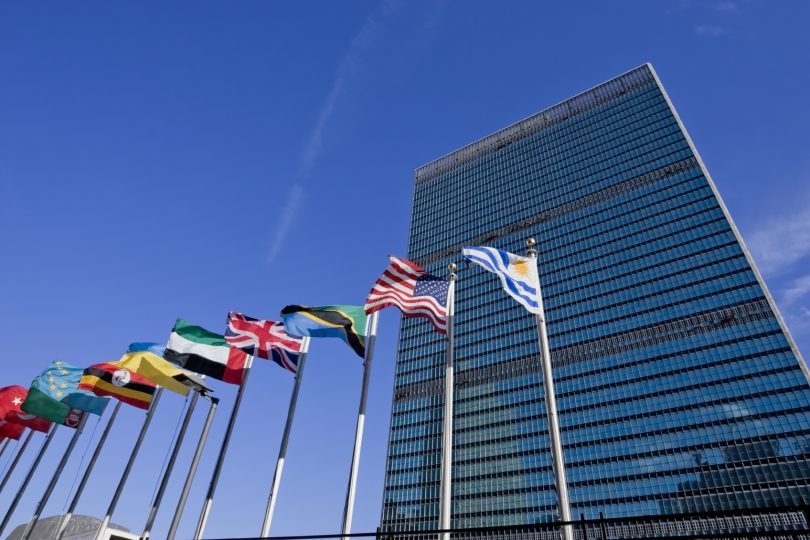
The United Nation’s new Sustainable Development Goals (SDGs) were adopted last week by the world’s leaders in a highly anticipated Summit in New York. At the end of the year, the SDGs will replace the Millennium Development Goals (MDGs), and they will set the new global development agenda for the next fifteen years. The general atmosphere around the Summit can be described as one of ‘hopeful scepticism’.
The scepticism arises from the MDGs. The final MDG report, which was released a week before the summit, shows that while progress has occurred in many spheres of global development, there have also been plenty of uneven achievements and shortfalls. These range from the world’s poorest remaining very unevenly distributed across regions and countries, to targets in improving maternal health not being fully met. Furthermore, as many have highlighted throughout the MDG implementation process, it is hard, if not impossible, to verify that development has actually occurred because of the MDGs instead of some other, unrelated drivers.
The shortfalls of MDGs have not, however, deterred the international community from drafting an even more ambitious development agenda for the future. While, for example, the MDGs enshrined targets for reducing extreme poverty rates, the SDGs have set the bar higher with the aspirational target of eradicating extreme poverty everywhere.
On the face of it, though, it seems that many lessons have been learned since the adoption of the MDGs. The process for the drafting of SDGs has been a participatory, deliberative exercise that has not only included high level political consultations but also global thematic consultations with the civil society and worldwide online surveys. The new agenda appears to also fill many holes present in the MDGs. It enshrines 17 development goals and 169 targets, making it a global development agenda of an unprecedented scope. The agenda also better identifies the cross-cutting nature of many complex development issues, such as gender equality.
From a more explicitly human rights perspective, further positive developments can be seen. The agenda is grounded in the Universal Declaration of Human Rights and international human rights treaties, and it is formally acknowledged that the SDGs seek to realise the human rights of all.
But as the MDGs have proved, promises are more easily made than kept. On SDGs, many ‘question marks’ still remain, and on many issues solutions have been left for future discussions and reports. For example, the complexity of the goals raises questions about whether they can be meaningfully communicated to stakeholders and the broader public. Additionally, the adopted agenda is far from a clear and uncontroversial roadmap to 2030 – the year when the goals set should be realised. Political compromises made during the intergovernmental negotiations mean, among other things, that the commitment to develop a meaningful accountability system is very tentative and the issue remains a future topic of strenuous negotiations. From a human rights perspective, the potential involvement of the existing human rights treaty bodies in the SDG progress reviews is still a crucially unresolved question.
Ultimately, while the ambition of the SDG process demonstrated in last week’s landmark summit can be lauded, there is no room for complacency. As the UN Secretary-General Ban Ki-Moon emphasised in the foreword of the latest MDG report, ‘progress will require an unswerving political will, and collective, long-term effort’.
- This article was first published on the Oxford Human Rights Hub blog.
This opinion piece reflects the views of the author, and does not necessarily reflect the position of the Oxford Martin School or the University of Oxford. Any errors or omissions are those of the author.
